- Istvan Herzak
What Are The Main Types of Roofing?
The material chosen for a roof has a tremendous impact on the lifespan of the roof, as some are designed to last longer than others. The first thing to consider is the type of building: is it a residential home or a commercial building? Roof sizes and shapes differ according to the type of building, and so do the recommended roofing materials.Different Types of Roof Materials
The material used in the construction of a roof is an important decision. The type of material chosen will determine how long it lasts, its durability, and cost to install or replace. There are many materials that can be used for roofs, each with its own pros and cons. Deciding on the best material for your roof depends mostly on the climate and weather where you live.Residential roofing materials
Asphalt and composite shinglesAsphalt shingles are the most common roofing material used on residential buildings. They are made of asphalt coated fiberglass and come in a strip that is cut into equally sized shingles, or tabs (often called 3-tab shingles). Asphalt shingles have a useful life of 20 to 30 years and are available in a variety of colors and styles.
Composite shingles, or architectural shingles, are similar to asphalt shingles but they are thicker and are cut into individual shingles to give a three-dimensional look, more like a cedar shake roof. Because they are coated with more asphalt, they have a longer life span, up to 50 years, and they are more expensive.
Asphalt and composite shingles can be used on almost every residential project, whether it’s a single occupancy home or an apartment building with multiple units. They are economical and durable, providing protection for 20 to 50 years.
Metal roofMetal roofing has one of the longest lifespans of any roofing material, but it comes at a higher purchase price. It is composed of steel, aluminum, copper, or metal alloy strips that are cut and formed to fit the roof and can mimic the look of other materials. It is extremely durable, with warranties lasting from 50 to 100 years. The flexibility in colors, finishes, and textures make it a great aesthetic complement to a building’s exterior.
Metal roofing is not as popular as asphalt shingles but can be used for both residential and commercial buildings. It can transfer noise, such as falling rain or hail, and dents easily if there is severe weather. On the other hand, it helps keep buildings located in hot climates cooler.
WoodCedar is often used, either as shakes or shingles, for roofs. It’s stood the test of time, as roofs have been built with cedar for centuries. It’s natural ability to withstand rain, rot, and insect infestation makes it a great choice for roofs and other exterior surfaces. Nowadays it takes skill and craftsmanship to install a wood roof, and the material itself can be expensive.
Because newer, younger lumber is used to make today’s shingles and shakes, they must be treated to resist fire. Because of their flammability, some jurisdictions don’t allow cedar roofing, so be sure to check local building codes. Also, homeowners need to make sure their insurance will cover a cedar roof, and if not, they may need to search for another insurer that does.
Clay tilesClay or terra cotta tiles can be used on a roof and are famously seen on many buildings in the Mediterranean. They are strong, durable, and virtually maintenance free. Installations have stood for hundreds of years. Today colored concrete is often used to mimic the look of clay.
The one drawback to clay and concrete tiles is their weight. Roofing structures must be engineered to hold the added weight of the tiles, and this can add to a building’s cost. But their durability and unique look are often worth the price.
SlateInstalling a slate roof requires a specialized contractor with the skill and experience to work with this durable stone material. Like clay, slate roofs have stood for centuries, so durability is not an issue. The stone is cut into shallow slabs and then into tiles that are installed on the roof. The weight of the stone must be taken into consideration when designing the structure of a building, as it is heavy, similar to clay and concrete tiles.
Commercial Roofing Materials
Commercial roofs differ from residential roofs because they are often characterized by low slope or flat areas. Moisture can collect in these places, so the materials used must be resistant to moisture.
Membrane roofing systems are the most popular materials for commercial buildings. These systems are composed of sheets of rubber or other synthetic materials that are adhered to a layer of insulation above the roof deck. There are three main membrane roofing materials: thermoplastic polyolefin (TPO), polyvinyl chloride (PVC), and ethylene propylene diene monomer (EPDM).
TPOThermoplastic polyolefin, or TPO as it is commonly referred to, is a single-ply membrane, typically made by joining together polypropylene and ethylene-propylene rubber. It is durable, flexible, and provides protection from both moisture and heat, and can help buildings save on their energy use by reflecting heat away from the roof deck.
It comes in a variety of colors, with white, grey, and tan being the most popular. Installation can be performed using different methods including mechanically attached (screwed to the roof deck), adhered (glued to the roof deck or rigid insulation), or ballasted (weighted by gravel or rocks).
PVCPVC or polyvinyl chloride roofing is similar to TPO but is made from PVC plastic. It is comprised of two layers of plastic with a polyester reinforcement material between them. The top layer has additives that make the material resistant to UV light, and the bottom layer typically contains plasticizers that improve flexibility and help make installation easier.
Because the material is plastic, sheets of TPO can be heated up and welded together, creating a watertight seam. In addition, the material is recyclable and can be reused to make PVC roofing material again.
EPDMAn EPDM (ethylene propylene diene monomer) membrane is a type of synthetic rubber that is composed of natural gas and oil. It’s one of the most popular commercial roofing materials due to its low cost and durability. It withstands the sun’s damaging rays well, making it a good choice for warmer climates that see a lot of sunshine.
BURBuilt-up roofing is made up of several layers of different materials that combine to create a moisture and damage resistant roof and has been in use for decades. The system often consists of these layers (starting from the roof deck):
- Polyiso insulation or cover board
- Base sheet
- Layer of hot or cold asphalt, or adhesive
- Reinforcing felt or ply sheet
- [Repeat until desired number of layers is reached]
- Mineral-surfaced cap sheet or layer of asphalt with gravel
The multiple layers and top layer of gravel make this roof extremely durable.
Which Type of Roofing Is Best?
When selecting the best roof for a project, there are many variables to consider:
- Climate – Moisture levels, amount of sunlight, storms (rain/hail/wind)
- Design and slope – Shape and angle of roof faces (steep vs flat)
- Aesthetics – Architectural style, colors, design features, historical significance
- Budget
- Durability and length of warranty
Selecting the best roofing material often requires determining the building owner’s priorities and weighing them against the available materials.
In summary, exploring the various types of roofs, including the diverse range of types of metal roofing, reveals a world rich in architectural diversity and functional design. From traditional gabled and hipped roofs to more modern flat and skillion types, the different types of roofs offer unique aesthetic and practical benefits suited to various climates and building styles. Additionally, the choice of types of roof materials plays a crucial role in determining the durability, cost, and overall appearance of a roof. Whether opting for classic shingles, tiles, or exploring the durability and versatility of metal roofing, understanding the type of roofing best suited for a specific structure is key to ensuring long-term protection and style for any building.




